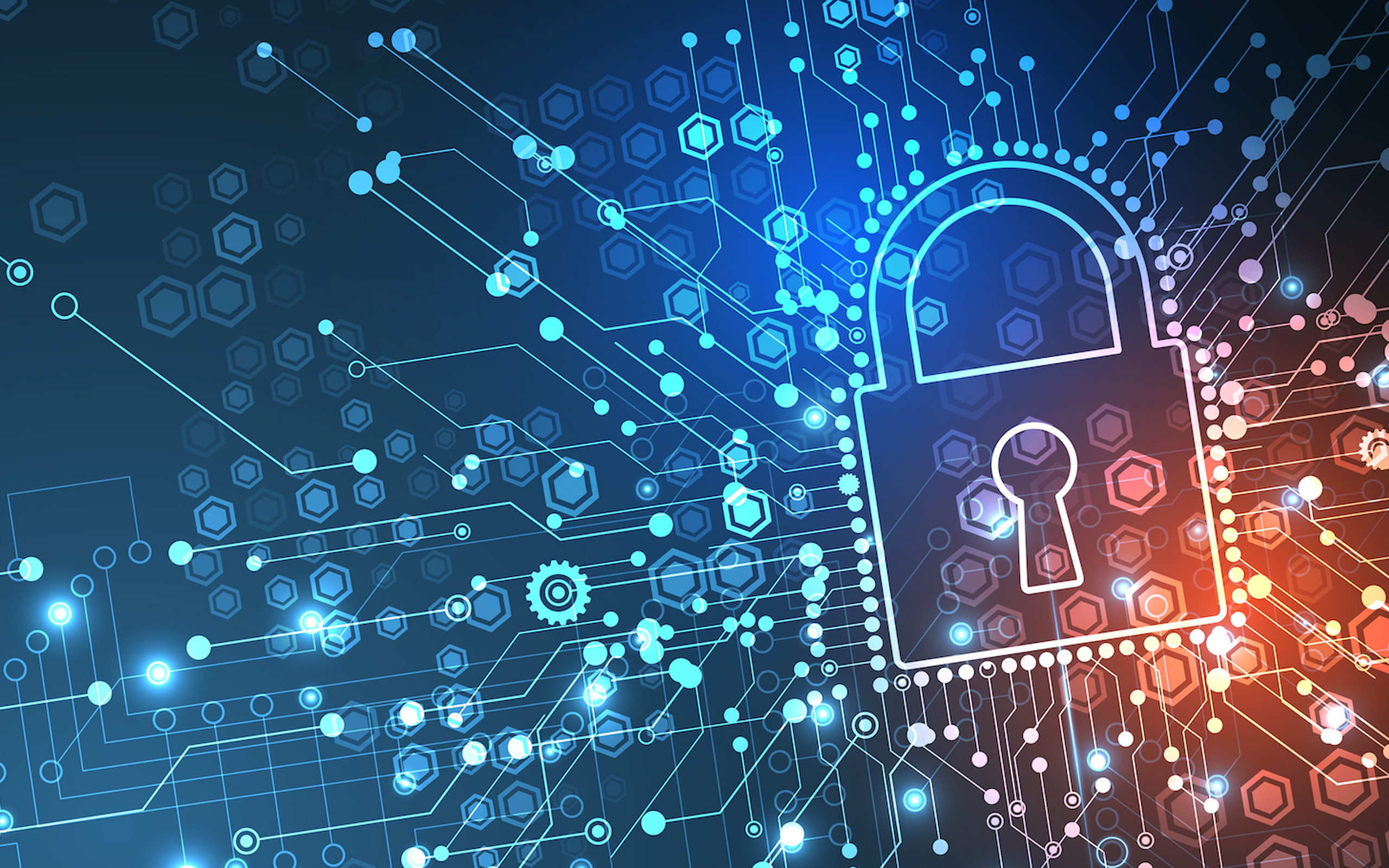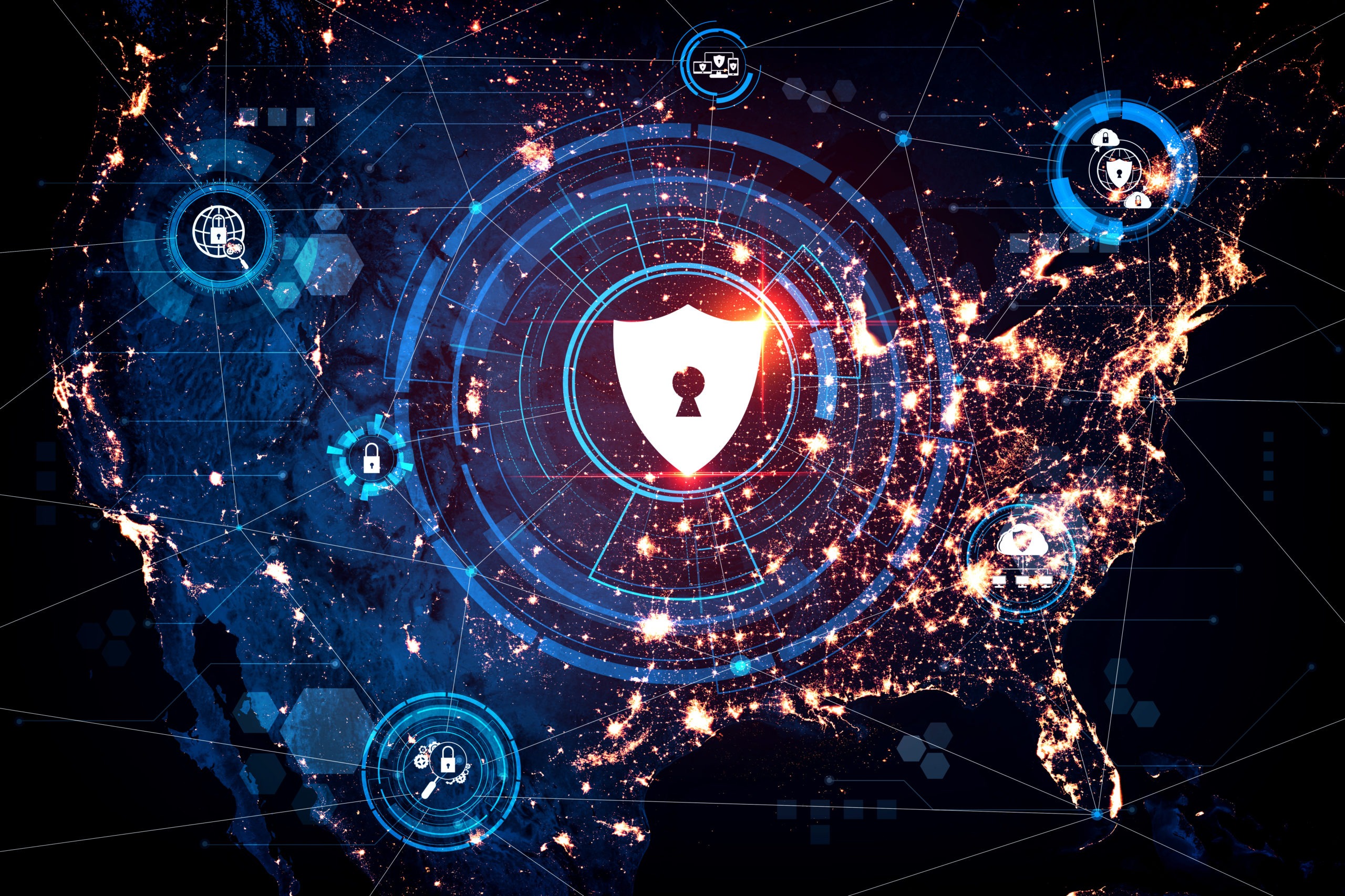Di tengah hiruk pikuk dunia digital, teknologi keamanan siber menjadi benteng pertahanan yang tak ternilai harganya. Dengan beragam ancaman mengintai, memahami dan mengimplementasikan praktik keamanan siber yang kuat menjadi sebuah kebutuhan mendesak. Artikel ini akan menyajikan gambaran komprehensif tentang teknologi keamanan siber, termasuk jenis ancaman, praktik terbaik, teknologi yang tersedia, pentingnya kesadaran, dan peraturan yang relevan.
Cybersecurity Threats
Cybersecurity threats are a growing concern for businesses and individuals alike. These threats can take many forms, from malware and phishing attacks to data breaches and ransomware.
The impact of these threats can be significant. For businesses, cyberattacks can lead to lost revenue, reputational damage, and legal liability. For individuals, cyberattacks can lead to identity theft, financial loss, and emotional distress.
Types of Cybersecurity Threats
- Malware:Malware is a type of software that is designed to damage or disable a computer system. Malware can include viruses, worms, and Trojan horses.
- Phishing:Phishing is a type of online scam that attempts to trick users into revealing their personal information, such as their passwords or credit card numbers.
- Data Breaches:A data breach occurs when sensitive information is accessed or stolen from a computer system.
- Ransomware:Ransomware is a type of malware that encrypts a victim’s files and demands a ransom payment in exchange for decrypting them.
Impact of Cybersecurity Threats
- Financial Losses:Cyberattacks can lead to significant financial losses for businesses. These losses can include the cost of repairing damaged systems, lost revenue, and legal liability.
- Reputational Damage:Cyberattacks can also damage a business’s reputation. Customers may lose trust in a business that has been hacked, and this can lead to lost business.
- Legal Liability:Businesses can be held legally liable for damages caused by cyberattacks. This liability can include fines, lawsuits, and other penalties.
- Identity Theft:Cyberattacks can lead to identity theft, which occurs when someone uses another person’s personal information to commit fraud.
- Financial Loss:Identity theft can lead to financial loss, as criminals may use stolen information to open new accounts, make unauthorized purchases, or file fraudulent tax returns.
- Emotional Distress:Cyberattacks can also cause emotional distress for victims. This distress can include anxiety, depression, and insomnia.
Trends and Emerging Threats
The cybersecurity landscape is constantly evolving, and new threats are emerging all the time. Some of the most recent trends include:
- The rise of ransomware:Ransomware attacks have become increasingly common in recent years. These attacks can be very costly for businesses, and they can also lead to data loss.
- The increasing sophistication of phishing attacks:Phishing attacks are becoming more sophisticated, and they are becoming more difficult to detect.
- The growing use of artificial intelligence (AI) in cyberattacks:AI is being used by cybercriminals to develop new and more effective attacks.
Businesses and individuals need to be aware of these emerging threats and take steps to protect themselves.
Cybersecurity Best Practices: Teknologi Keamanan Siber
Implementing a strong cybersecurity posture requires a comprehensive approach that encompasses best practices across various aspects of an organization’s IT infrastructure. Regular security assessments and vulnerability management are crucial for identifying and addressing potential weaknesses in systems and networks. Establishing a cybersecurity incident response plan ensures a structured and timely response to security breaches, minimizing their impact on operations.
Regular Security Assessments and Vulnerability Management
Conducting regular security assessments helps identify vulnerabilities and misconfigurations in systems, networks, and applications. These assessments can include penetration testing, vulnerability scanning, and security audits. Identifying vulnerabilities allows organizations to prioritize remediation efforts and implement appropriate security controls to mitigate risks.
Cybersecurity technologies play a crucial role in safeguarding our digital infrastructure. These advancements have been instrumental in protecting against cyber threats and ensuring the integrity of our online systems. However, as cybersecurity continues to evolve, so too must the technologies we employ to defend against increasingly sophisticated attacks.
By staying abreast of these advancements and integrating them into our security strategies, we can effectively protect our data and systems from potential harm.
Vulnerability management involves continuously monitoring systems for known vulnerabilities and applying security patches and updates promptly.
Cybersecurity Incident Response Plan
A cybersecurity incident response plan Artikels the steps and procedures to be followed in the event of a security breach. It defines roles and responsibilities, communication channels, and containment and recovery measures. By having a well-defined incident response plan, organizations can respond quickly and effectively to security incidents, minimizing damage and restoring normal operations.
In the realm of cybersecurity, technology plays a pivotal role in safeguarding data and systems. As the threat landscape evolves, so too must the methods employed to counter it. Engineering ingenuity has been at the forefront of this battle, driving the development of sophisticated tools and techniques.
Engineering, as brainly as it is , continues to push the boundaries of cybersecurity, empowering us to stay ahead of the ever-present threats.
Additional Best Practices
In addition to regular security assessments and vulnerability management, organizations should implement other best practices to enhance their cybersecurity posture, such as:
- Implementing strong authentication mechanisms (e.g., multi-factor authentication)
- Enforcing least privilege access principles
- Educating employees on cybersecurity risks and best practices
- Using security monitoring tools to detect and respond to threats
- Maintaining up-to-date security software and firmware
- Regularly reviewing and updating cybersecurity policies
- Conducting cybersecurity awareness training for employees
By adhering to these best practices, organizations can significantly improve their cybersecurity posture, reduce the risk of successful attacks, and protect sensitive data and assets.
Cybersecurity Technologies
Cybersecurity technologies play a vital role in protecting computer systems, networks, and data from unauthorized access, damage, or disruption. There are numerous types of cybersecurity technologies available, each with its unique purpose and functionality.
Firewalls
Firewalls are network security devices that monitor and control incoming and outgoing network traffic based on predefined security rules. They act as a barrier between trusted and untrusted networks, blocking unauthorized access and preventing malicious traffic from entering or leaving a protected network.
Intrusion Detection Systems (IDS)
Intrusion detection systems continuously monitor network traffic and system activity for suspicious patterns or anomalies that may indicate an attempted or ongoing attack. IDS can detect a wide range of threats, including unauthorized access, malware infections, and Denial of Service (DoS) attacks.
Antivirus Software
Antivirus software is designed to detect, prevent, and remove malware, such as viruses, worms, and Trojan horses. It scans files, email attachments, and websites for known malicious patterns and takes appropriate actions, such as quarantining or deleting infected files.
Cybersecurity Awareness

Cybersecurity awareness is crucial for both employees and the general public to protect themselves and their organizations from cyber threats. It involves understanding the risks associated with online activities, recognizing suspicious behavior, and taking appropriate actions to mitigate them.Creating a cybersecurity awareness program within an organization is essential to ensure that employees are well-informed and equipped to handle cybersecurity incidents effectively.
This program should include regular training sessions, awareness campaigns, and incident response plans.Education and training play a vital role in improving cybersecurity awareness. By educating employees and the public about cybersecurity risks and best practices, they can make informed decisions and protect themselves from potential threats.
Tips for Creating a Cybersecurity Awareness Program
- Conduct regular training sessions on cybersecurity topics.
- Distribute educational materials and resources to employees.
- Organize awareness campaigns to promote cybersecurity best practices.
- Establish clear incident response plans and communicate them to employees.
- Encourage employees to report suspicious activities or incidents promptly.
Cybersecurity Regulations
Cybersecurity regulations are laws and regulations that govern the security of computer systems, networks, and data. These regulations are designed to protect businesses and individuals from cyber threats, such as data breaches, malware attacks, and phishing scams.
There are a number of different cybersecurity regulations that businesses need to be aware of. These regulations include:
- The General Data Protection Regulation (GDPR) is a European Union regulation that protects the personal data of EU citizens.
- The Health Insurance Portability and Accountability Act (HIPAA) is a US law that protects the privacy of health information.
- The Payment Card Industry Data Security Standard (PCI DSS) is a set of security standards that businesses must comply with if they accept credit or debit card payments.
These are just a few of the many cybersecurity regulations that businesses need to be aware of. The specific regulations that apply to a business will depend on the industry it operates in, the size of the business, and the location of the business.
Impact of Cybersecurity Regulations on Cybersecurity Practices
Cybersecurity regulations have a significant impact on cybersecurity practices. These regulations require businesses to implement a number of security measures to protect their data and systems. These measures include:
- Implementing strong passwords and access controls
- Installing and maintaining security software
- Educating employees about cybersecurity risks
- Developing a disaster recovery plan
By implementing these measures, businesses can reduce the risk of a cyber attack and protect their data and systems.
Guidance on How to Comply with Cybersecurity Regulations, Teknologi keamanan siber
There are a number of steps that businesses can take to comply with cybersecurity regulations. These steps include:
- Conducting a risk assessment to identify the potential threats to your data and systems
- Developing a cybersecurity policy that Artikels your security measures
- Implementing security measures to protect your data and systems
- Educating employees about cybersecurity risks
- Developing a disaster recovery plan
By following these steps, businesses can improve their cybersecurity posture and reduce the risk of a cyber attack.
Outcome Summary

Teknologi keamanan siber terus berkembang pesat, menjadikannya sebuah bidang yang dinamis dan penting. Dengan mengikuti praktik terbaik, memanfaatkan teknologi yang tepat, dan meningkatkan kesadaran, kita dapat melindungi data, sistem, dan reputasi kita di dunia digital yang terus berubah.
Key Questions Answered
Apa saja jenis utama ancaman keamanan siber?
Malware, phishing, serangan DDoS, peretasan, pencurian identitas
Mengapa kesadaran keamanan siber sangat penting?
Karena karyawan dan pengguna yang sadar dapat mengidentifikasi dan melaporkan ancaman keamanan siber secara efektif.













